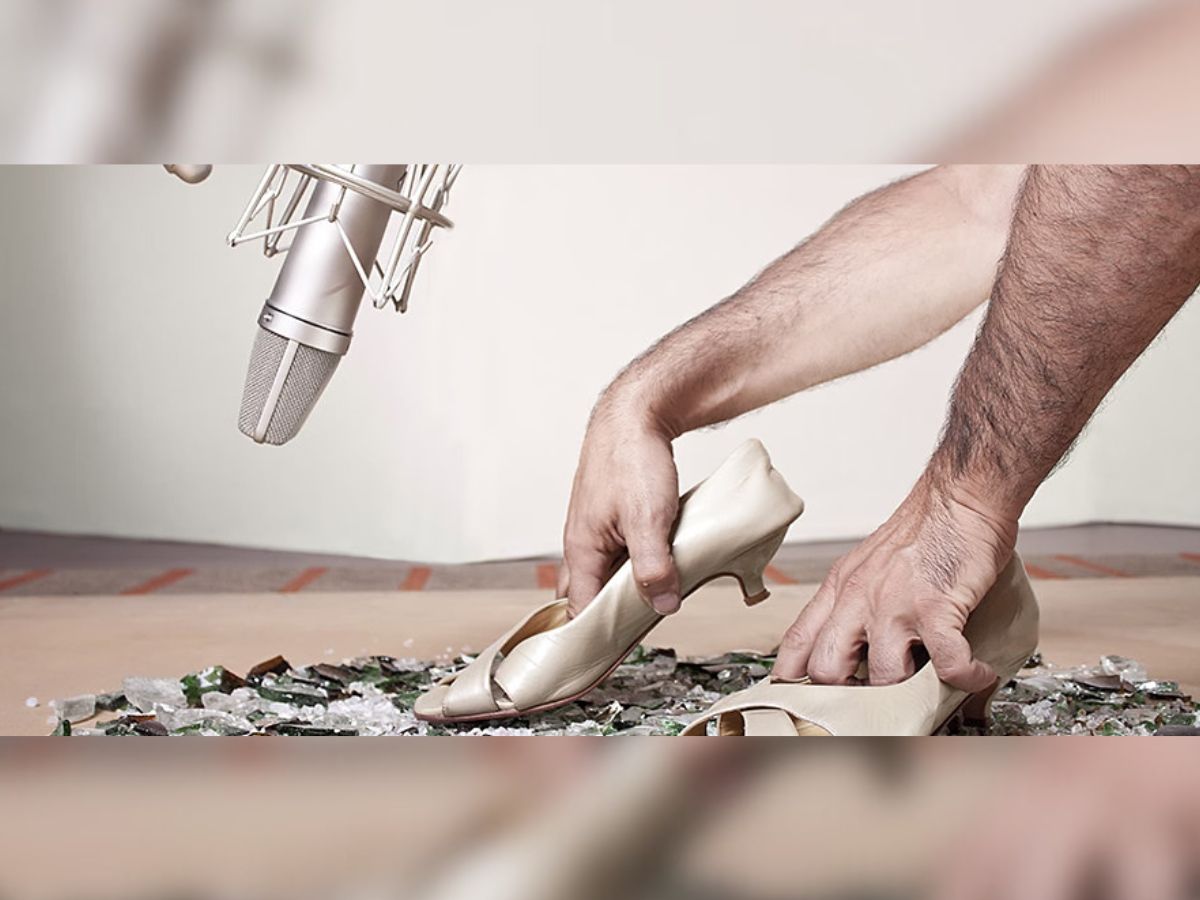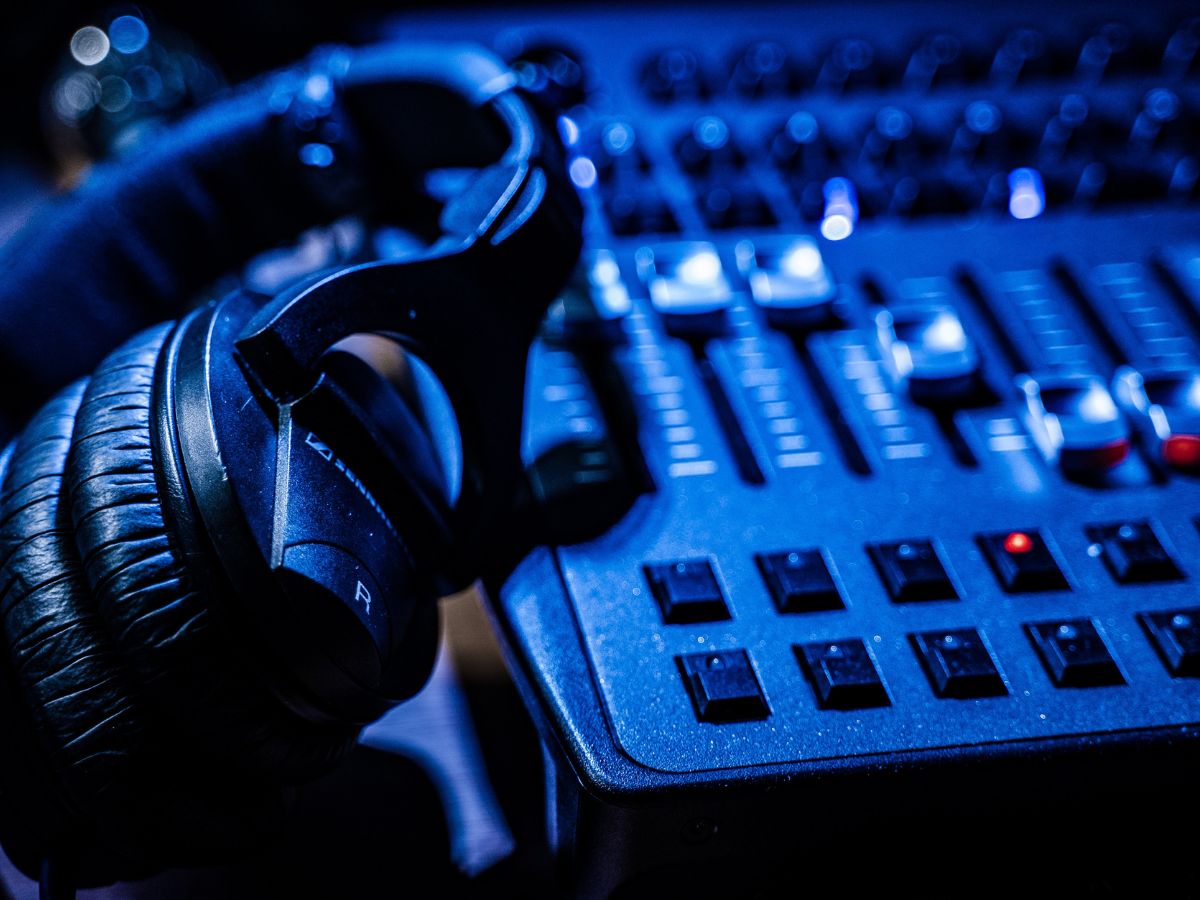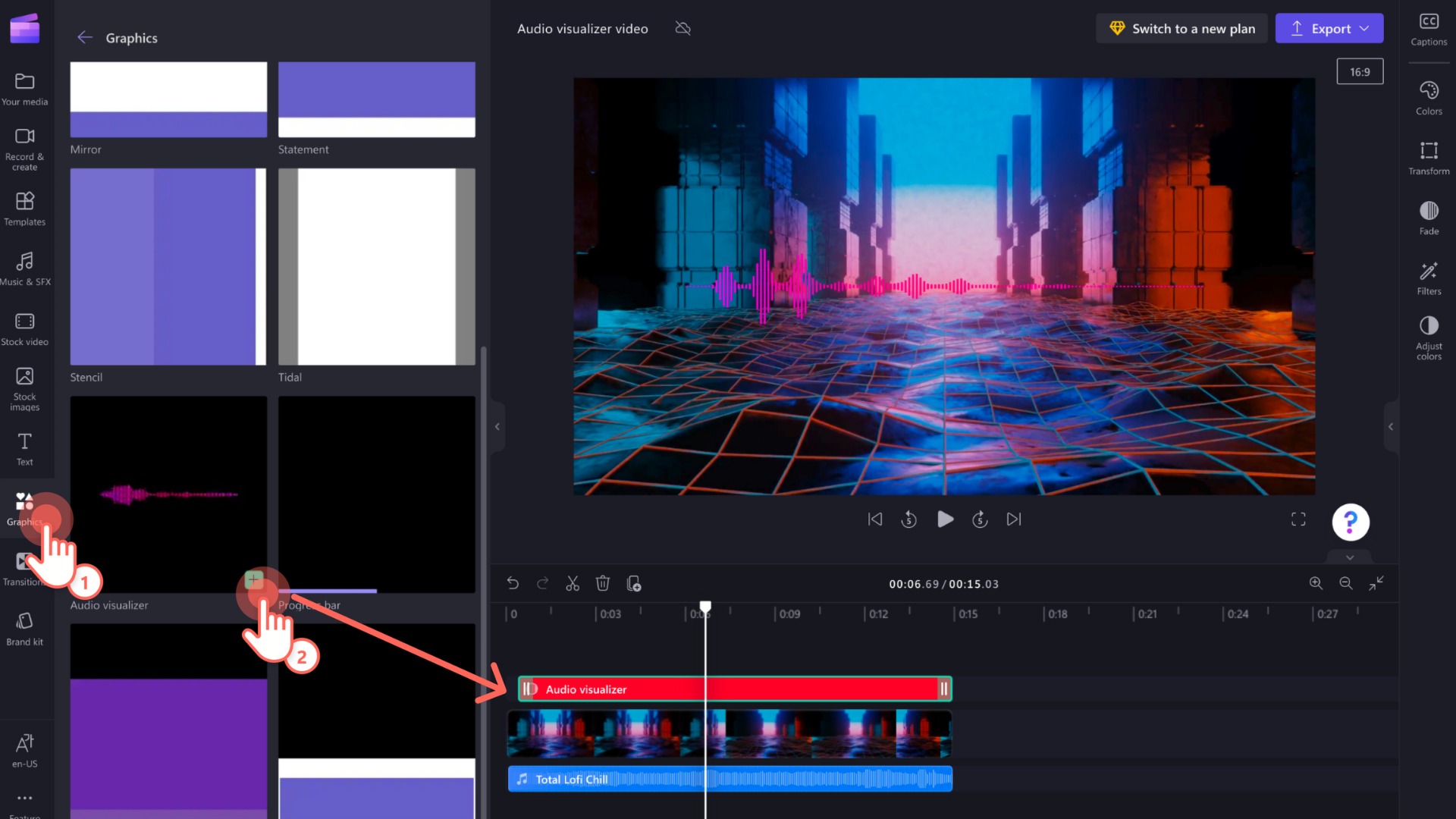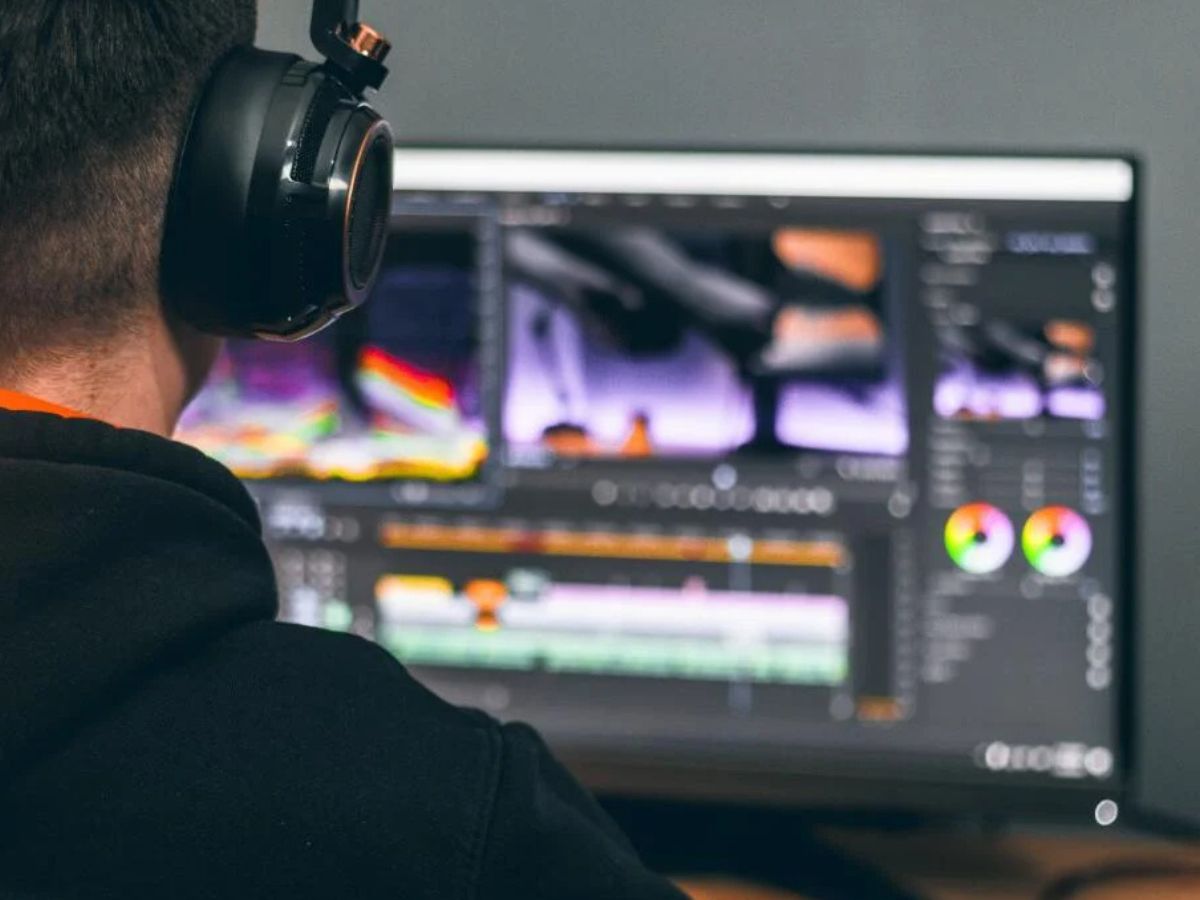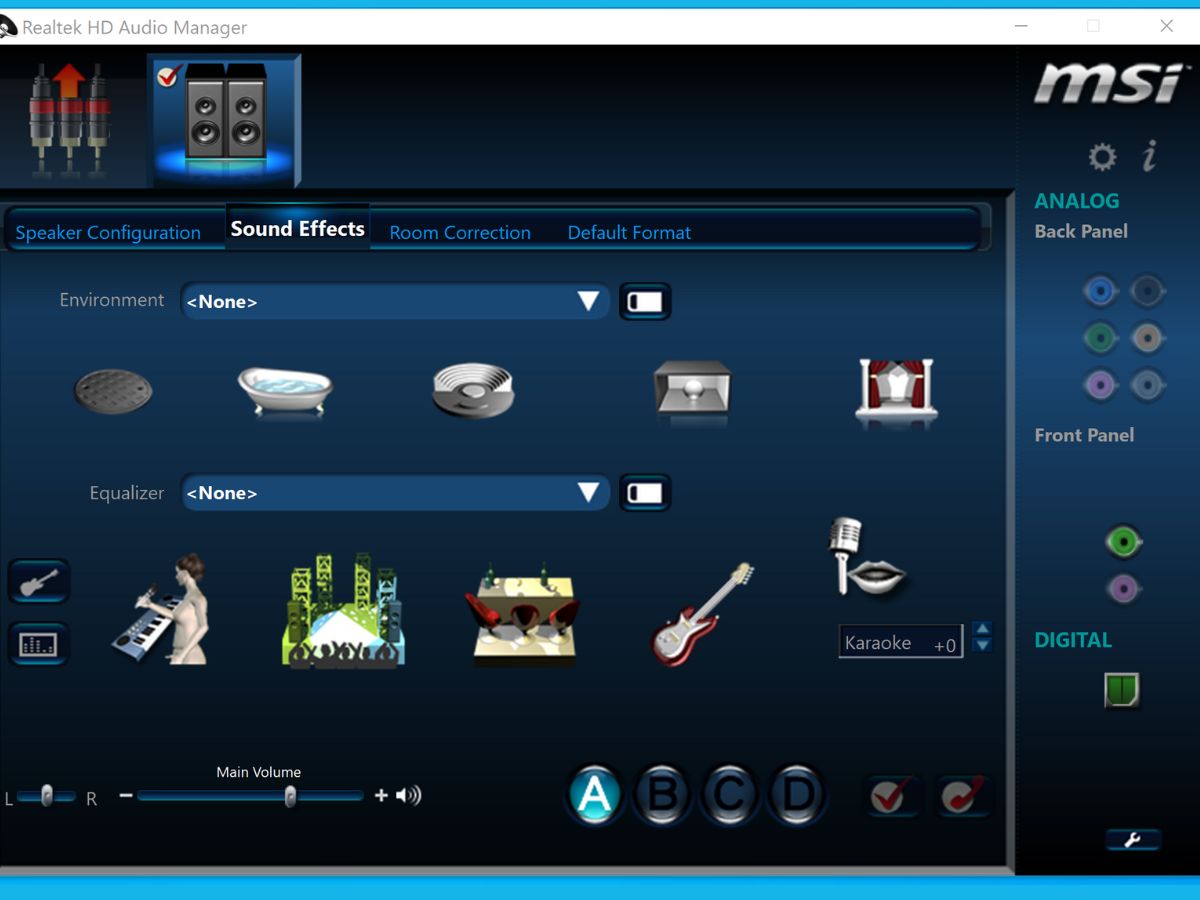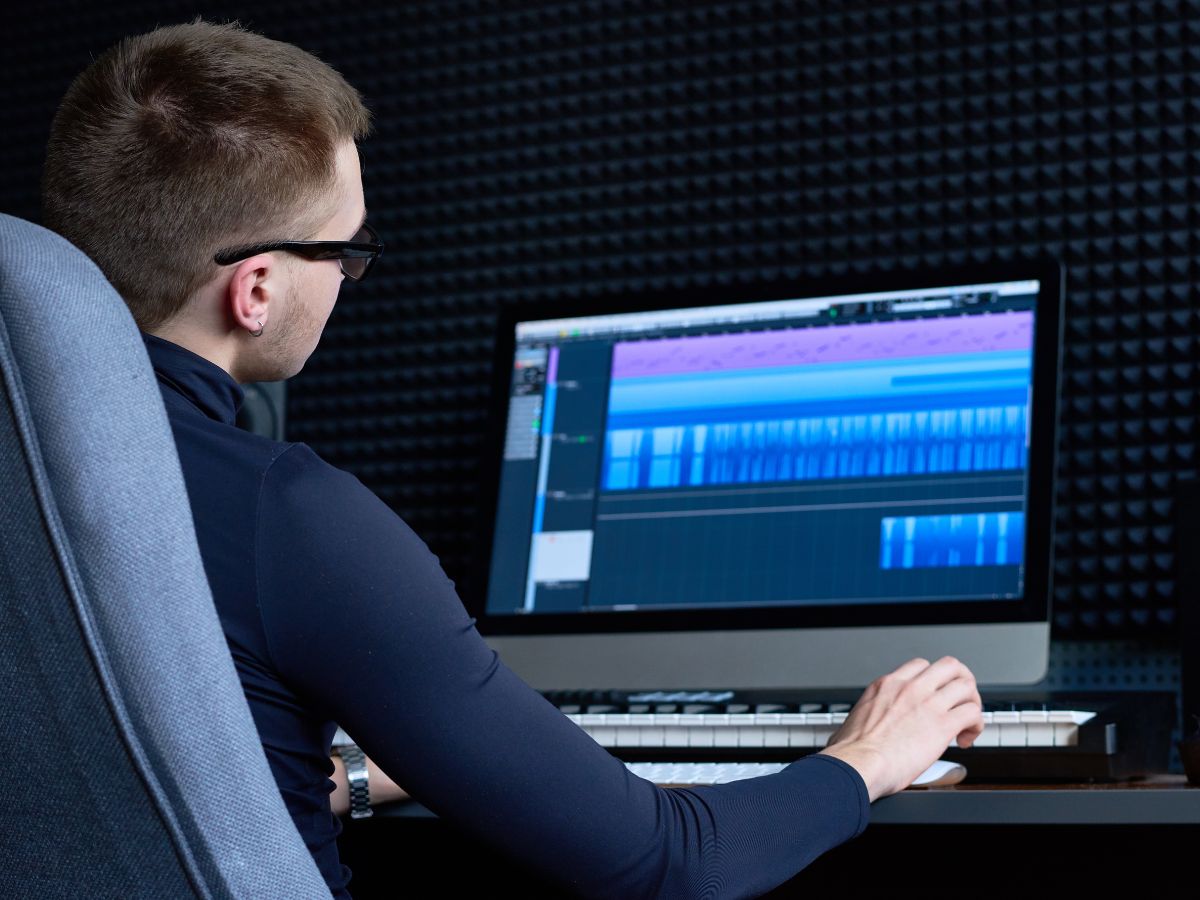Home>Production & Technology>Sound Effects>How To Make Animal Sound Effects


Sound Effects
How To Make Animal Sound Effects
Published: November 9, 2023
Learn how to create realistic animal sound effects with step-by-step tutorials and expert tips. Enhance your sound design skills and bring your projects to life.
(Many of the links in this article redirect to a specific reviewed product. Your purchase of these products through affiliate links helps to generate commission for AudioLover.com, at no extra cost. Learn more)
Table of Contents
Introduction
Sound effects play a crucial role in enhancing the audio-visual experience of various media forms, such as movies, video games, animations, and even live performances. When it comes to creating captivating sound effects, animal sounds can add a layer of realism and immersion to any production.
In this article, we will explore various methods to create animal sound effects. Whether you’re a filmmaker, sound designer, or just someone curious about the art of sound effects, these techniques will help you bring animals to life through sound.
From mimicking animal sounds with your own voice to using everyday objects for creating unique soundscapes, we will delve into the exciting world of animal sound effects. We will also explore the utilization of technology to enhance and manipulate animal sounds for more complex projects.
So, if you’re ready to unleash your creative side and immerse yourself in the world of animal sound effects, let’s jump right in!
Finding Inspiration for Animal Sound Effects
Before diving into the creation process, it’s important to find inspiration for your animal sound effects. Observing and studying real animals in their natural habitats can provide valuable insights into their unique sounds and behavior. Whether it’s a lion’s roar, a bird’s chirping, or a dog’s bark, understanding the nuances of each animal sound will help you recreate them more accurately.
One way to find inspiration is by researching and watching nature documentaries. These films often feature high-quality recordings of animals in their natural environments, giving you a reference point for creating realistic sound effects. You can also visit zoos, wildlife sanctuaries, or even local parks to observe and listen to animals firsthand.
Another source of inspiration is audio libraries. There are numerous online platforms that offer a wide range of animal sound recordings, both free and paid. These libraries feature recordings of various species, allowing you to explore different animal sounds and get inspiration for your own projects.
Additionally, listening to soundtracks from movies and video games that feature animal-centric themes can be a great source of inspiration. Pay attention to how professional sound designers have created soundscapes that evoke a sense of realism and emotion.
Finally, don’t underestimate the power of your imagination. Letting your creativity run wild can lead to unique and imaginative animal sound effects. Experiment with combining different animal sounds, adding unexpected twists, or even blending elements from other sounds to create something entirely new and exciting.
Remember, the key to finding inspiration is to immerse yourself in the world of animals, whether through firsthand observation, research, audio libraries, or your own imagination. By doing so, you’ll be well-equipped to embark on the journey of creating compelling animal sound effects.
Using Your Voice for Animal Sounds
One of the most accessible and versatile methods for creating animal sound effects is using your own voice. With a little practice and creativity, you can mimic a wide range of animal sounds that add authenticity to your projects.
The first step is to research and familiarize yourself with the specific sounds each animal makes. Pay attention to variations in pitch, tone, and rhythm. For example, a dog’s bark can range from sharp and high-pitched to deep and resonant, depending on the breed and the situation.
Once you have a good understanding of the desired animal sound, practice imitating it. Experiment with variations in pitch, volume, and intensity to capture different nuances. You can record yourself and listen back to identify areas for improvement.
It’s worth noting that you don’t need to be a perfect mimic to create convincing animal sound effects. In fact, sometimes exaggerating certain elements or adding a touch of creativity can make the sound more interesting and unique.
Here are a few examples of using your voice for animal sound effects:
1. Dog Barking: Experiment with different barks, yelps, and growls. Vary the intensity and speed to capture different emotions like excitement, aggression, or fear.
2. Bird Chirping: Practice imitating different bird species like robins, sparrows, or owls. Pay attention to the rhythmic patterns and the unique tonal quality of each bird’s call.
3. Cat Meowing: Try mimicking the various meows of cats, ranging from friendly and playful to annoyed or demanding.
4. Lion Roaring: Experiment with deep, resonant sounds to recreate the powerful roar of a lion. Vary the pitch and duration to capture different moods and intensity levels.
Remember, the key to using your voice successfully is practice and experimentation. Don’t be afraid to get creative and add your unique flair to the animal sound effects. By harnessing the power of your own voice, you can elevate the quality and realism of your projects.
Creating Animal Sound Effects with Objects
While using your voice is a versatile method for creating animal sound effects, another creative approach is to use everyday objects to produce unique and realistic sounds. By exploring the potential of objects around you, you can create a diverse range of animal sounds that add depth and texture to your projects.
Here are a few techniques to get started:
1. Foley Objects: Foley artists have been using objects to create sound effects for years. For example, you can use a coconut shell to mimic the sound of a horse trotting or crumple paper to simulate the rustling of bird wings.
2. Household Items: Look around your home for objects that can be used to create animal sound effects. For instance, a rubber glove filled with water can be squeezed to create the sound of a squelching frog or a comb can be brushed against fabric to imitate a bird’s chirping.
3. Musical Instruments: Certain musical instruments can lend themselves well to creating animal sound effects. For example, the trumpet can imitate an elephant’s trumpet, or a slide whistle can mimic a bird’s call.
4. Kitchen Utensils: Get creative in the kitchen! Pots and pans can be hit with spoons to recreate the sound of a hammering woodpecker, or you can scrape a fork against a glass to imitate the buzzing of insects.
Remember to experiment and think outside the box when using objects to create animal sound effects. Consider the unique characteristics of each animal and how you can replicate them with the objects you have at hand. The key is to be resourceful and open to new ideas.
Additionally, don’t forget the power of post-processing in audio editing software. You can manipulate and enhance the sounds recorded from objects to achieve more realistic animal sound effects. Techniques like pitch shifting, time stretching, and adding reverberation can take your creations to the next level.
By combining your creativity with everyday objects and the wonders of post-processing, you can produce captivating animal sound effects that bring your projects to life.
Using Technology for Animal Sound Effects
In this digital age, technology offers endless possibilities for creating and manipulating animal sound effects. From professional audio software to mobile apps, there are various tools available to enhance and refine your animal sound creations.
1. Sample Libraries: Many sound designers and musicians rely on sample libraries to access a vast array of high-quality animal sounds. These libraries come with pre-recorded sound effects of different animals, allowing you to easily incorporate them into your projects.
2. Synthesis: With the help of synthesizers and digital audio workstations (DAWs), you can create entirely unique animal sounds from scratch. By manipulating waveforms and applying effects, you can generate complex and otherworldly animal vocalizations that go beyond what nature offers.
3. Field Recording: If you have access to audio recording equipment, you can venture out into the field to capture genuine animal sounds. This can include recording animals in their natural habitats, visiting farms, or even volunteering at wildlife conservation centers. These recordings can then be manipulated and edited to fit the desired effect.
4. Sound Design Plugins: Various software plugins exist specifically for sound design purposes. These plugins offer advanced features such as granular synthesis, spectral processing, and convolution reverb, allowing you to create intricate and realistic animal sound effects.
5. Virtual Instruments: Virtual instruments designed to emulate animal sounds can be a valuable resource. These instruments allow you to play animal sounds in real-time, with options to manipulate parameters like pitch and modulation to achieve the desired effect.
Remember, it’s important to master the tools you choose to work with. Spend time learning the intricacies of the software or apps you use so you can extract their full potential for producing stunning animal sound effects.
Lastly, don’t be afraid to experiment and think outside the box. Combine different techniques, layer sounds, and apply creative effects to achieve unique and captivating results.
By harnessing the power of technology, you can elevate your animal sound effects to new heights and create immersive experiences for your audience.
Conclusion
Creating animal sound effects is an art form that adds depth, realism, and emotion to various forms of media. Whether you’re working on a film, video game, animation, or any other project, mastering the art of animal sound effects can elevate the overall experience for the audience.
In this article, we have explored different methods for creating animal sound effects. From using your voice to mimic animal sounds to employing everyday objects and leveraging technology, there are endless possibilities to bring animals to life through sound.
Finding inspiration from real animals, whether through observation or research, serves as a vital foundation for capturing the essence of their sounds. By immersing yourself in their world, you can accurately recreate their unique vocalizations and behaviors.
Using your voice as an instrument provides a versatile and accessible approach to creating animal sound effects. With practice and creativity, you can mimic a wide range of animal sounds, adding authenticity and depth to your projects.
Experimenting with everyday objects opens up a world of possibilities. By repurposing items found in your surroundings, you can craft convincing and unique animal sound effects that add texture and intrigue to your audio creations.
Technology plays a significant role in modern sound design, offering a multitude of tools and resources to enhance and refine your animal sound effects. Whether it’s sample libraries, synthesis, field recording, or sound design plugins, the digital realm provides endless possibilities for creating captivating and immersive soundscapes.
Remember, the key to successful animal sound effect creation lies in practice, experimentation, and resourcefulness. Combine different techniques, embrace your creativity, and always strive for authenticity while adding your unique touch.
So, whether you’re roaring like a lion, chirping like a bird, or croaking like a frog, let your imagination soar as you delve into the world of animal sound effects and bring your projects to life through sound.

